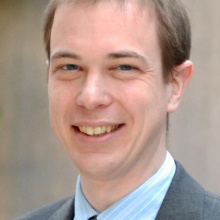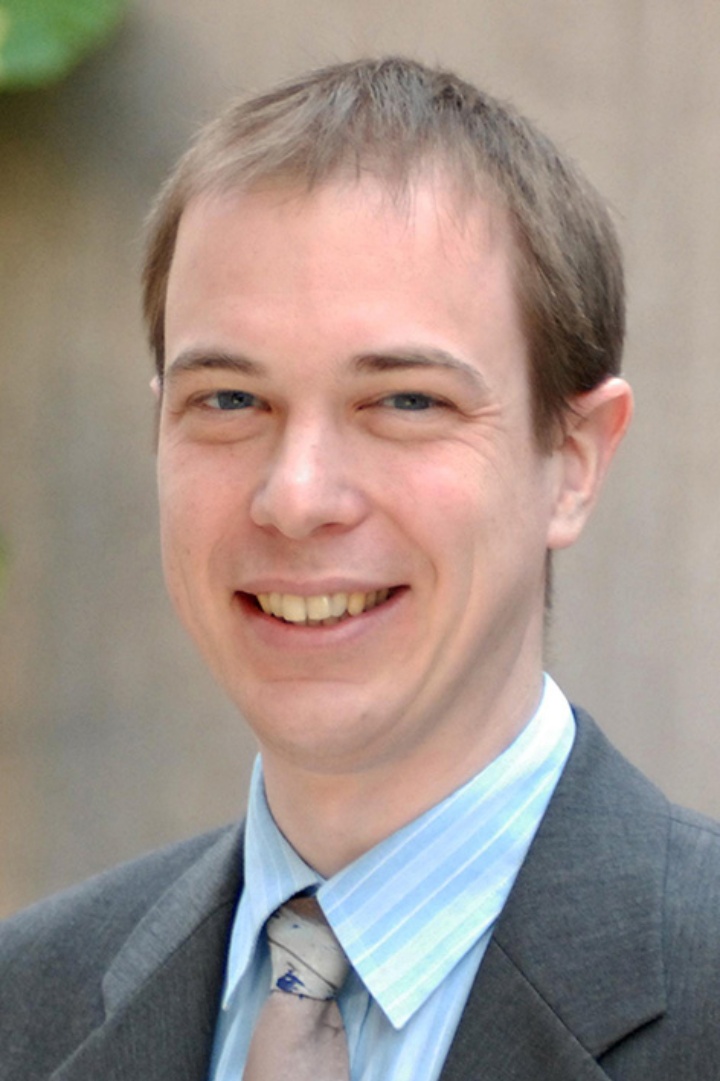The so-called quantum mechanics tunnel effect of atoms causes some chemical reactions to take place more quickly at low temperatures and even enables reactions in ice-cold space. The group working with Prof. Johannes Kästner at the Institute for Theoretical Chemistry at the University of Stuttgart has been investigating this astonishing phenomenon for some years with the help of simulations. These allow a clear identification of tunnel processes since the effect can be switched on and off in the simulation – in contrast to experimental investigations in which it always occurs. The European Research Council (ERC) has now awarded Prof. Kästner a Consolidator Grant that will fund his investigations with a sum of nearly 2 million Euros over the next five years.
“I have already been fascinated with the tunnel effect for years“, the chemist born in 1978 in Vienna was pleased to say. “The funding by the European Union gives me a lot of freedom and development opportunities in order to investigate this effect comprehensively and in addition to significantly enlarge my research group.“
The quantum mechanics tunnel effect can be described in simplified terms as follows: atoms and molecules follow the laws of quantum mechanics and often move very differently than we are used to with objects from our daily lives. For instance, if we throw a ball against a wall it will bounce back. However, if the ball and the wall as so small resp. so thin that they behave in a quantum mechanics way, then this could lead to the ball flying through the wall as if it wasn’t there. Wall and ball have no influence at all on each other.
The effect is responsible for some chemical reactions being able to take place quickly even at a low temperature, accelerated biochemical processes like the cellular respiration in our bodies and even enabling reactions in the interstellar medium. The huge areas between stars in space are namely not empty but filed with clouds of gas and dust particles. Due to the tunnel effect chemical processes could take place even with the low temperatures prevalent there (a few degrees above absolute zero).
Further information:
Prof. Johannes Kästner, University of Stuttgart, Institute for Theoretical Chemistry (ITheoC)
Tel.: 0711/ 685-64473, Email: kaestner (at) theochem.uni-stuttgart.de
Andrea Mayer-Grenu, University of Stuttgart, Department of University Communication, Tel.
0711/685-82176,
Email: andrea.mayer-grenu (at) hkom.uni-stuttgart.de



